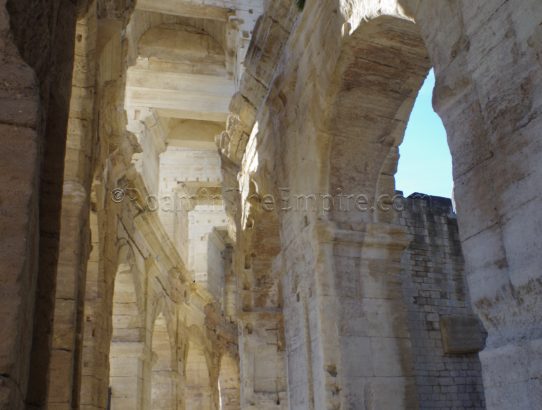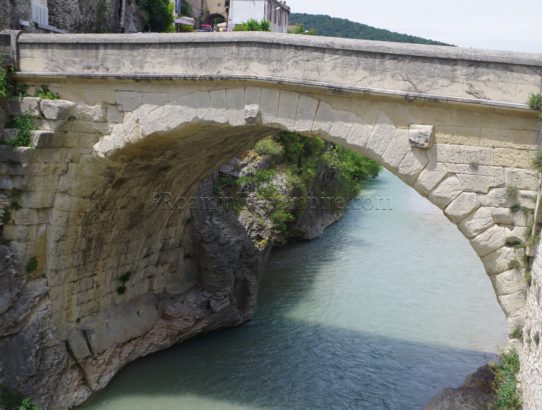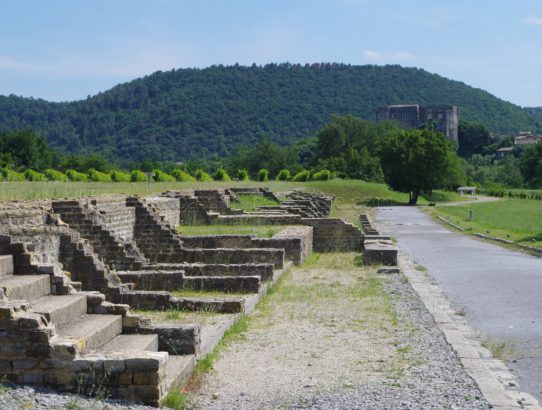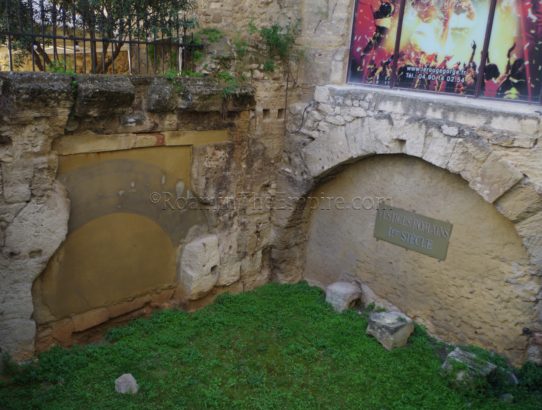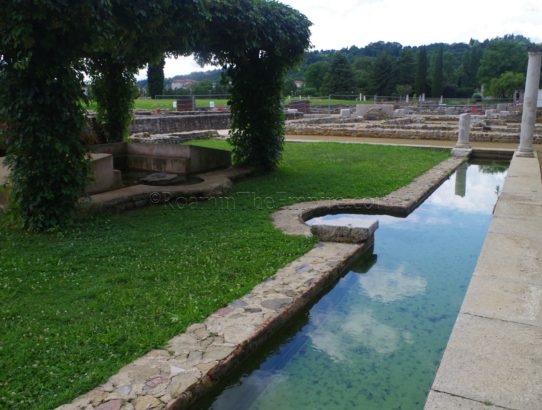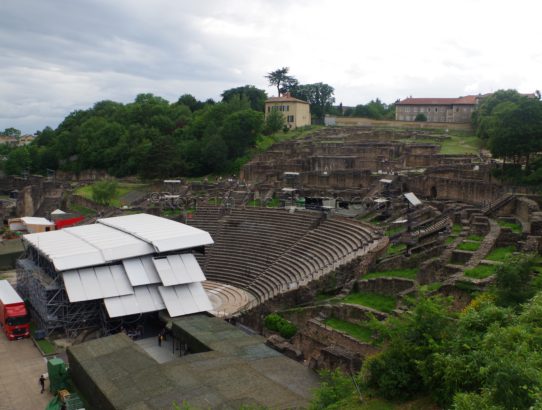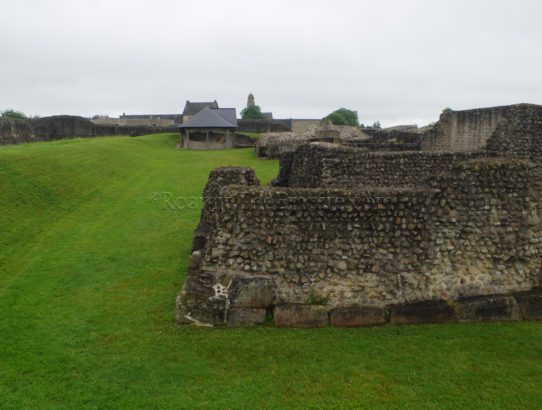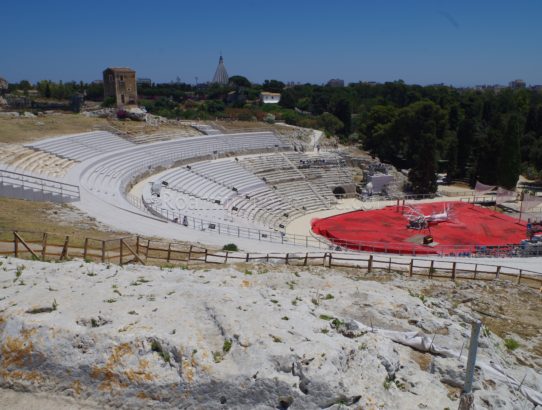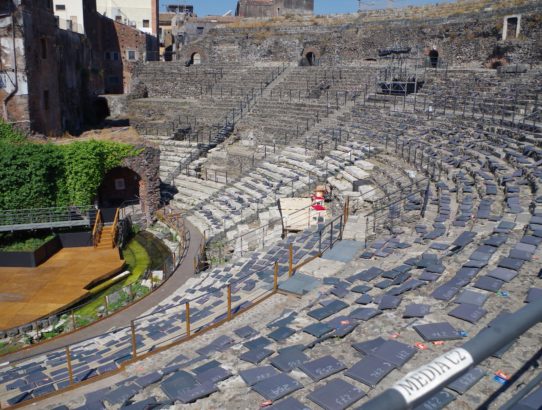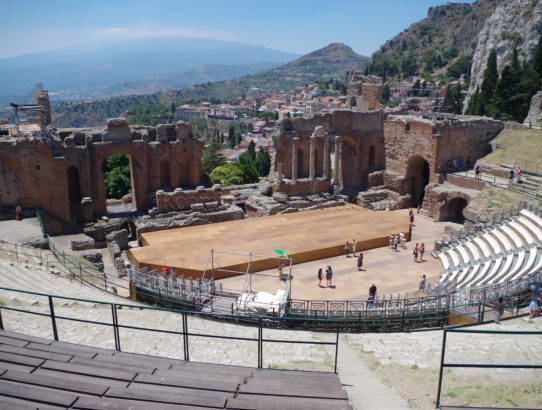Arelate, Gallia Narbonensis – Part I
Most Recent Visit: June 2018. The Roman town of Arelate (modern Arles) seems to have begun life as a Greek settlement known as Theline, sometime in the 6th century BCE. In 535 BCE, the settlement was captured by the Saluvii and renamed Arelate, a Gallic language reference to the settlement’s proximity to a marsh. The…
Read More


